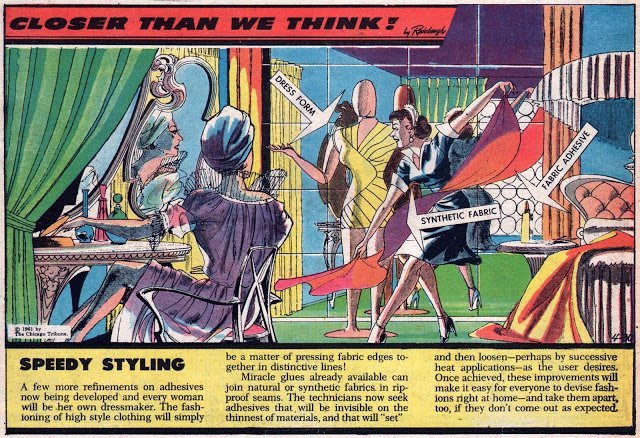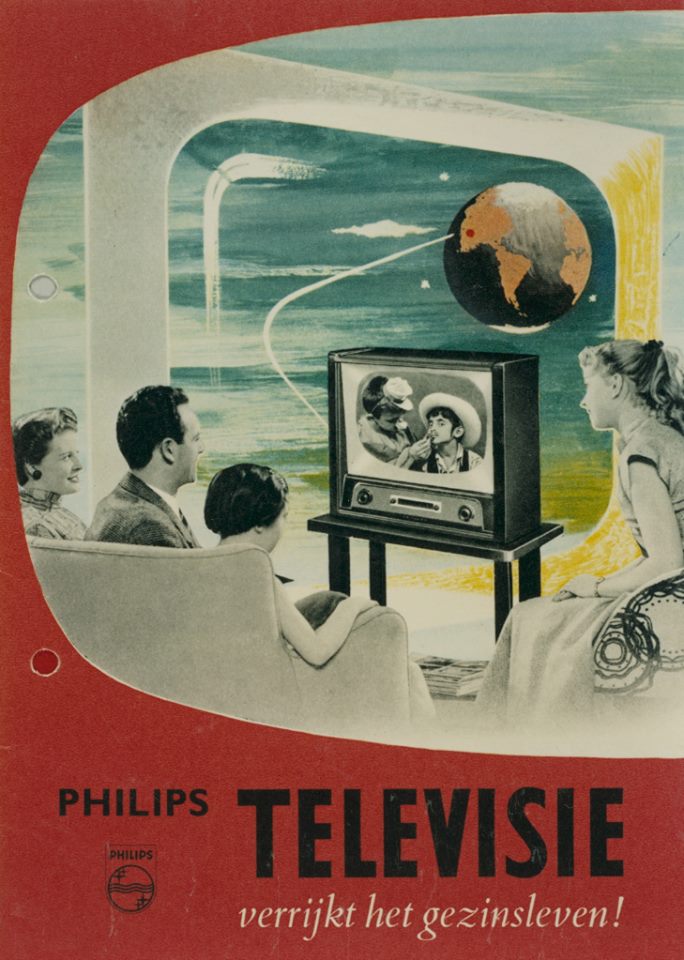
Today in pulp, one of the most influential and outrageous illustrators of the Italian Italian fumetti scene: Emanuele Taglietti!
This will be interesting...
This will be interesting...

Emanuele Taglietti was born in Ferrara in 1943. His father worked as a set designer for director Michaelangelo Antonioni, often taking Emanuele with him on set. 

In the 1960s Taglietti moved to Rome, where he studied stage design. He began a successful career as an assistant art director, working for Federico Fellini and Marco Ferreri. 

Tiring of set design Taglietti became interested in the booming comics industry in Italy. His friend Dino Leonetti introduced him to the work of artists such as Averardo Ciriello and Frank Frazetta, and encouraged him to move into comic illustration. 

In the mid-1970s Italian news-stands were full of Fumetti Sexy, a home-grown type of erotic comic. At their peak publishers were releasing a new 100-page comic every three days, and artists who could work quickly were in high demand. 

Edifumetto was the largest publisher of Fumetti Sexy. Founded by Renzo Barbieri in the early 1970s their offices were in Milan, but they were happy for Taglietti to work from home in Ferrara. 

Taglietti would start a cover painting by using photographic references before painting in acrylic. Finishing touches were added with tempera. The finished canvas was normally 25 cm x 36 cm, with Taglietti often painting ten a month. 

Taglietti did most of the covers for Sukia, the popular vampire-themed fumetti that began in 1978. Sukia's look was based on the actress Ornella Muti. 

Zora La Vampira was another vampire-based fumetti that Taglietti worked on for Edifumetto. Zora is a 19th century aristocrat possessed by the spirit of Dracula. 

Ulula the Werewolf was launched in 1981 by Edifumetto and riffs on the early legends which describe werewolves as beautiful women temptresses. 

Playcolt was a more straightforward crime series from Edifumetto, featuring a rich American playboy who fights the Mafia. 

In contrast La Poliziotta was a far from straightforward comic, featuring the very erotic adventures of the NYPD. 

Alas by the end of the 1980s the popularity of Fumetti Sexy died away. Taglietti left Edifumetto to work as an oil painter, as well as an evening-class teacher. He currently works on murals and watercolours. 

Fumetti Sexy could never be published today: its content is too outrageous and sometimes too crude to find a mainstream market. However the cover art of Emanuele Taglietti is still highly collectable. 

Korero Press published an anthology of Emanuele Taglietti's artwork in 2015, which is well worth a look, and his original work still comes up at auction quite regularly. It's certainly a conversation starter if you hang it in the hall! 

And that's it for my look back at the work of Emanuele Taglietti. I hope you enjoyed it!
More pulp artists another time...
More pulp artists another time...

• • •
Missing some Tweet in this thread? You can try to
force a refresh

























